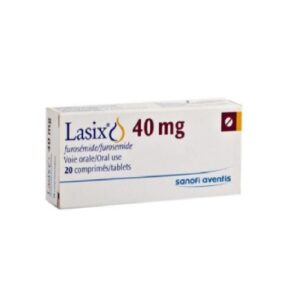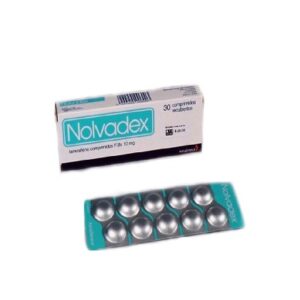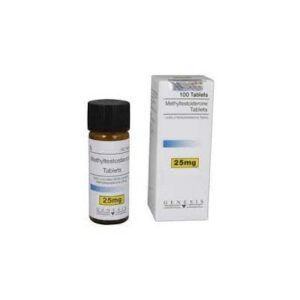Description
Insuline
Insuline is a life-saving hormone used to treat diabetes mellitus. It controls blood sugar (glucose) by assisting cells in absorbing energy from diet. Without insulin, persons with Type 1 diabetes (and some with Type 2) risk serious complications such as ketoacidosis, organ damage, or death.
Types of Insulin: – Rapid-Acting (e.g., Humalog, NovoRapid)
Onset: 15 minutes, peak: 1-2 hours | Duration: 3-5 hours.
Used before meals to prevent post-eating increases.
Short-acting (such as Regular/Humulin R)
Onset: 30 minutes, peak: 2-4 hours, duration: 6-8 hours.
Taken 30 minutes before mealtime.
Intermediate acting (e.g., NPH)
Onset: 2-4 hours | Peak: 4–12 hours | Duration: 12-18 hours.
Covers half-day needs.
Long-acting (for example, Lantus and Tresiba)
Onset: 1–2 hours | Peak: minimal | Duration: 18-24+ hours.
Provides baseline (background) insulin.
Pre-mixed (such as NovoMix 30)
Combines rapid/short and intermediate insulin.
Medical Uses: In Type 1 Diabetes, the body need insulin for survival.
Type 2 Diabetes: Used when oral medications fail or during pregnancy.
Gestational diabetes is the control of elevated blood sugar during pregnancy.
Non-diabetics should avoid using it (misuse might result in fatal hypoglycemia).
Injections can be administered using a pen, syringe, or pump to the abdomen, thighs, or arms.
Dosing is very personalized (depending on blood glucose, carbs, and activity).
Unopened vials/pens should be refrigerated, whereas opened vials/pens can be kept at room temperature for about 28 days.
Critical Rules:
Rotate injection locations (to avoid fat accumulation).
Never share pens or needles (infection risk).
Check blood sugar four or more times each day (or use CGM).






Reviews
There are no reviews yet.